Last month, the LANDTHINK Pulse posed the following question to our audience: Which type of natural disaster would you avoid most when deciding where to buy land?
Our informal online survey unveiled that, when deciding where to buy land, 27% of buyers are concerned about flooding more that any other natural disaster. Flooding is the most common and often the most destructive type of natural disaster. Although floods are often associated with overflowing rivers and sea swells and surge from tropical storms and hurricanes, they can happen in any state and in areas far from a body of water. Flooding can damage rural property, farms, ranches, delay and/or reduce harvests, interrupt supplies and utilities, and cost the lives of livestock and even people.
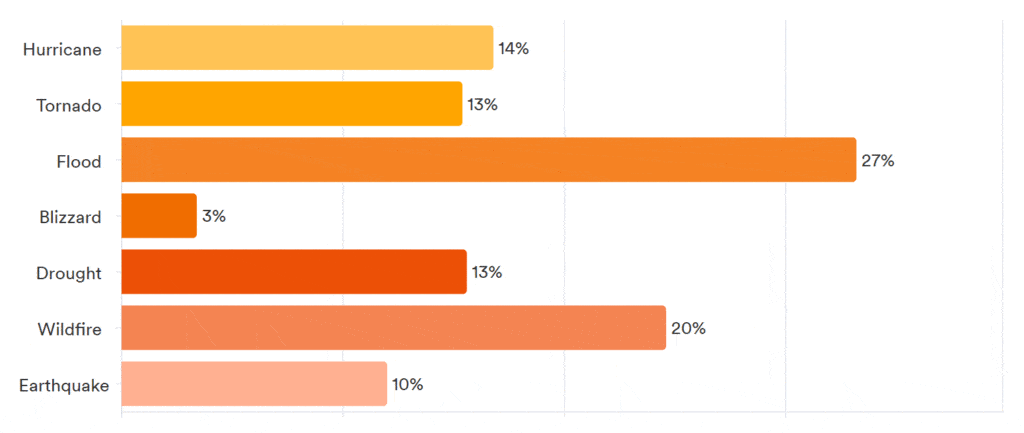
In 2022, there were a total of 91 fatalities reported due to flash floods and river floods in the United States, down from 146 fatalities in the previous year. In the last few years, the U.S. has seen a spike in extreme weather events, which poses a challenge to farmers, ranchers and communities.
Planning for the worst means being ready in the event that disaster strikes. Here are some tips to prepare ahead of time if your property is in a flood-prone area. It is by no means exhaustive, but it is a great start.
Have an Evacuation Plan
Have an emergency plan in place for you and your family as well as any workers you may have if you own a farm or ranch. Plan your evacuation route and pack essentials ahead of time. This will help make the evacuation process less stressful. Be sure to include an ample supply of medications.
Check Your Insurance Coverage
Most homeowners’ insurance doesn’t cover flood damage, so make sure you check your benefits. It might be a good idea to invest in flood insurance, but take action before the storm since a flood policy usually takes 30 days to go into effect from application to payment.
There are a few problems with traditional property damage coverage when it comes to floods on large-scale farm and ranch operations. Flood damage resulting from natural disasters is usually not included in private business insurance policies. Farm and ranch owners will need to purchase a separate policy through the National Flood Insurance Program. There may be many special operations on farms and ranches that need to be covered. Farm and ranch owners should carefully consider endorsements to their policies which cover assets such as barns and outbuildings, livestock, fencing, and field and row crops.
Keep Documents Safe
Make sure important documents like deeds and insurance paperwork are stored in a safe, dry place. Put them in a safe-deposit box and get locking plastic storage bins or garbage bags to store heirlooms, photo albums, clothing and other small items to keep them high and dry.
Care for Animals and Livestock
Try to transport your livestock to higher ground, but if you are forced to leave them behind, give them the best chance for survival. Open property gates to allow them to migrate to higher ground and leave behind extra feed and a source of clean drinking water. Have visible identification on all animals if possible and have vaccinations up to date (tetanus and disease are often found after flood events).
Reduce Your Risk
If you have a home on your property, installing a sump pump in your basement is a great first step. Make sure to check it is functioning properly before a big storm. Placing appliances like your freezer, washer, and dryer on platforms to reduce the possibility of damage. Turn off your water supply, as well as the gas line and electricity if you can. Make sure your gutters and downspouts are clear of debris and directing water away from your home.
Sandbags are a must to protect your property from flooding. While they won’t provide complete protection from flooding, sandbags can help divert water away from your home and other structures. The process is time-consuming, takes at least two people, and can be expensive. Sandbags are often used in conjunction with plastic sheeting and sump pumps. The U.S. Army Corps of Engineers has an excellent resource on how to fill and place the bags.
It is particularly important to be prepared for flooding if you live in a low-lying area near a body of water, such as a river, stream, or culvert; along a coast; or downstream from a dam or levee. Consider any or all of the steps above. Think about making contingency plans for reclaiming your home and property after a flood.
Coming in a close second, 20% of respondents said that they would avoid buying land in areas prone to wildfires.
Wildfires are unplanned fires, including lightning-caused fires, unauthorized human-caused fires, and escaped fires from prescribed burn projects. In 2022, the number of wildfires and acres burned in the U.S. was higher than the 10-year average. Since 2000, an annual average of 70,025 wildfires have burned an annual average of 7.0 million acres. While the total number of wildfires has gone down about 25% since a decade ago, they’re more destructive and deadly than ever.
Wildfires can occur at any time of the year; however, most occur during the dormant season or during periods of drought when fuels are dry. Fuel conditions, fuel loading, fuel arrangement, topography and weather conditions all affect the severity of wildfires.
With just a small amount of preparation work and annual maintenance, property can be made safer and better able to withstand wildfire.
Wildfire presents unique challenges to ranches and farms that typically do not apply to urban homeowners and neighborhoods. For example, farms and ranches often have multiple buildings, hay stacks, fuel storage tanks, livestock, limited water access, distant fire departments and are in close proximity to significant fuel loads.
Whether it’s timberland, farmland, ranchland or a cabin in the woods, protecting your property from the ravages of an out-of-control blaze is essential.
Have Fire Insurance Coverage on Your Home and Buildings
Having insurance is critical to rebuilding your home and protecting your family after a wildfire. Make sure you know how to shop for the right insurance coverage.
Have a Plan for Evacuating People & Animals From Your Property
When wildfire strikes, go early for your safety. Take the evacuation steps necessary to give your family and home the best chance of surviving a wildfire. Have a designated emergency meeting location outside the fire or hazard area. This is critical to determine who has safely evacuated from the affected area. Have an evacuation plan for pets and large animals such as horses and other livestock. Stock trailers should always be empty and ready to roll in case animals need to be transported quickly.
Protect Your Land
Other important steps you can take to protect your property and other assets include:
- Create firebreaks around pastures and crops and maintain roads along pasture perimeters to reduce fuels, as well as making safe areas for livestock to congregate.
- Create noncombustible zones around spaces where equipment, fuel, hay and chemicals are stored.
- Have adequate water sources for fighting fires. Consider your property’s accessible water sources, and add a supply if needed, such as an irrigation ditch or pond.
- Defensible space is a buffer you can create between a building on your property and the grass, trees, shrubs, or any wildland area that surround it.
- Inspect your property now, and again at least once each year.
- Regularly cut vegetation between barns or other farm buildings that are 50 feet or less from one another, and maintain a cleared area of 30 feet from those buildings.
- Use approved fire doors on farm buildings.
Wildfire is a natural disaster people will always deal with. There isn’t a cure or a fix for it. Whether you live on a small lot or a large ranch, being prepared is the best way to stay safe. While it’s important to do what you can to keep your home safe from wildfire, farms or ranches with livestock need extra attention and preparation to prevent loss from fires.
Do you have a suggestion for next month’s Pulse question? Submit your question and we might choose yours!
This content may not be used or reproduced in any manner whatsoever, in part or in whole, without written permission of LANDTHINK. Use of this content without permission is a violation of federal copyright law. The articles, posts, comments, opinions and information provided by LANDTHINK are for informational and research purposes only and DOES NOT substitute or coincide with the advice of an attorney, accountant, real estate broker or any other licensed real estate professional. LANDTHINK strongly advises visitors and readers to seek their own professional guidance and advice related to buying, investing in or selling real estate.


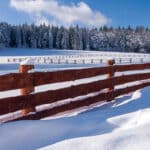



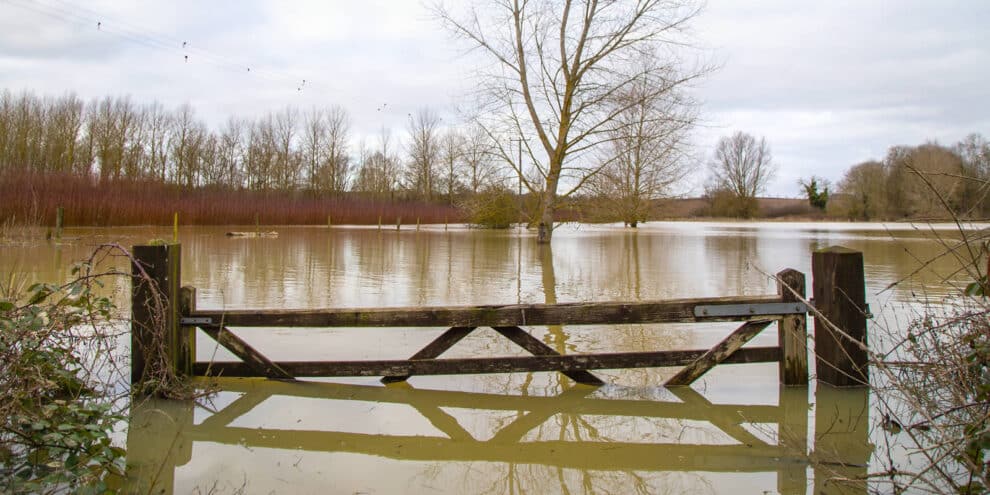
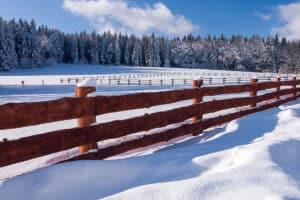

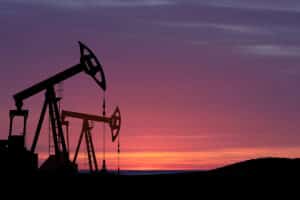
Add Comment